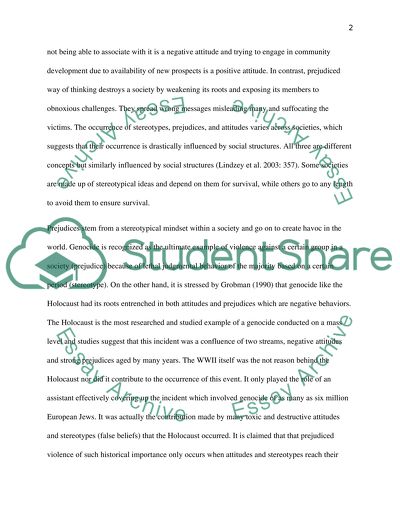Cite this document
(“The difference between attitude formation, stereotyping and prejudice Essay”, n.d.)
Retrieved from https://studentshare.org/psychology/1493977-the-difference-between-attitude-formation-stereotyping-and-prejudice
Retrieved from https://studentshare.org/psychology/1493977-the-difference-between-attitude-formation-stereotyping-and-prejudice
(The Difference Between Attitude Formation, Stereotyping and Prejudice Essay)
https://studentshare.org/psychology/1493977-the-difference-between-attitude-formation-stereotyping-and-prejudice.
https://studentshare.org/psychology/1493977-the-difference-between-attitude-formation-stereotyping-and-prejudice.
“The Difference Between Attitude Formation, Stereotyping and Prejudice Essay”, n.d. https://studentshare.org/psychology/1493977-the-difference-between-attitude-formation-stereotyping-and-prejudice.


